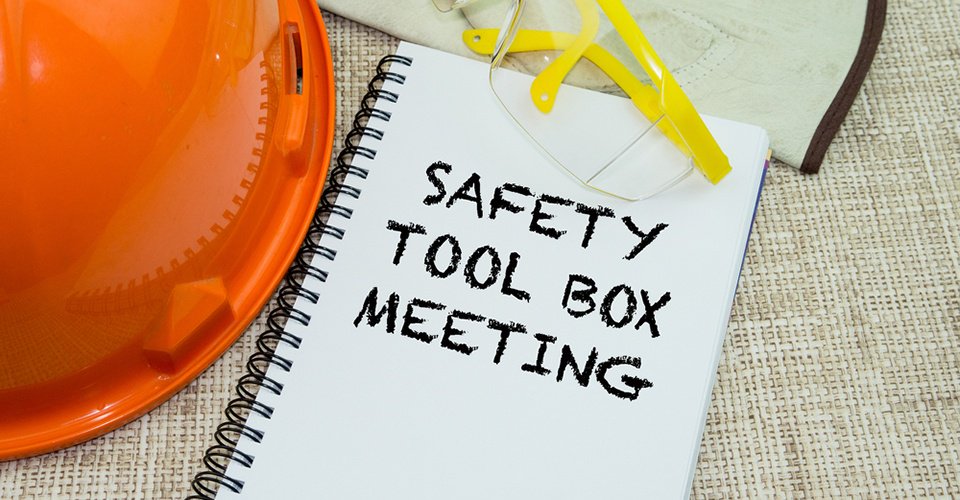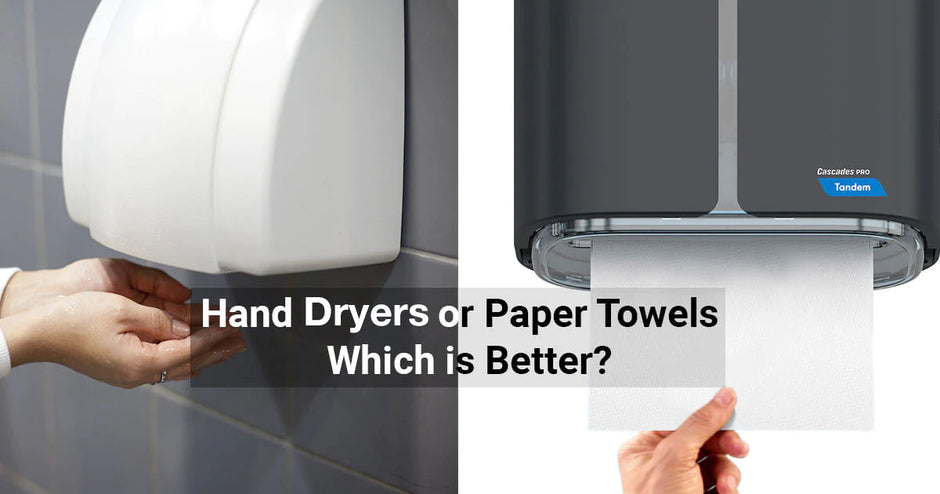A lot has changed with the Federal Government’s amendment to WHMIS legislation. Under WHMIS 2015, hazard classes are different. There are new pictograms, new standards for supplier labels, and new requirements for Material Safety Data Sheets (MSDS)—which you might have noticed have been renamed, “Safety Data Sheets” (SDS). But are the new data sheets for hazardous chemicals that different from the ones we have been maintaining in special binders since 1988?
What’s the same?
The purpose of Safety Data Sheets is very much the same as that of the MSDS with which employers are already familiar. Like MSDS, SDS are developed by the supplier/manufacturer to provide a summary of the product hazards, advice about safety precautions, and other details user should have handy, but that are not listed on the product label. This makes accessible, current SDS just as important as accessible, current MSDS have always been to affected workers. How we define “current,” however, is where expectations have changed.
What’s different?
Under the old legislation, MSDS were current if they were less than 3 years old. Though on the surface, this rule seemed a simple one, employers often found it challenging to maintain compliance, as suppliers were often uncooperative about providing updated sheets when no material changes had been made to the product. Under WHMIS 2015, suppliers are held responsible to ensure that SDS are accurate at the time of sale, and the sheets must be updated when the supplier becomes aware of any changes to the product’s classification, or modifications to the ways an individual can protect against the hazards of the product. Should such a change occur, the SDS must be updated within 90 days of the supplier’s becoming aware of the new information.
Employers purchasing a product within this 90-day period must be informed by the supplier of the changes, and of the date by which a revised SDS will be available. Suppliers, however, have no responsibility to provide an updated SDS to past purchasers of a hazardous product. This means that employers must implement MSDS tracking systems to ensure that…
- SDS revision dates are checked when newly purchased hazardous products are delivered to the site. If the SDS have been updated since the last time the product was purchased, all copies of the SDS in the workplace must be updated.
- when hazardous products are purchased infrequently, a schedule for checking on SDS updates is used to verify that SDS maintained on site are replaced, if required.
Federal WHMIS 2015 legislation must be fully implemented by manufacturers by May, 2018, and by suppliers as of November 30, 2018. Employers may already have noticed WHMIS 2015 labeling on the hazardous products used in their workplace. The AHSA advises employers to ensure their staff are trained to both WHMIS 1988 and WHMIS 2015 standards during this transition period, and AHSA members can access FREE online WHMIS training from the AHSA web site.











